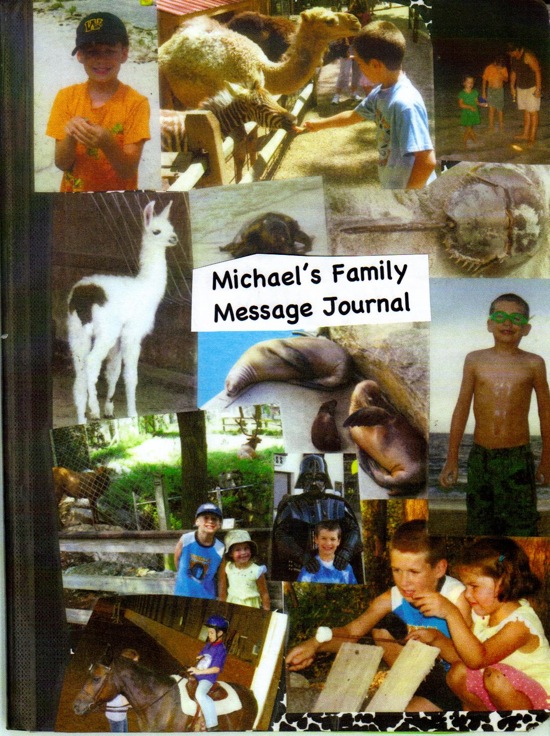by Prisca Martens, Towson University, Towson, MD
In last week’s blog we reflected on the various modes or semiotic systems through which our culture communicates meaning. These include visual (i.e., art, moving images), linguistic (i.e., language), auditory (i.e., sound, music), gestural (i.e., movement, dance), and spatial (i.e., layout, design). Picturebooks are multimodal, drawing on the linguistic, visual, spatial, and gestural systems. Schools and society, though, tend to emphasize the written text for constructing meaning at the expense of the others.
My colleagues and I are in the second year of a three year study exploring how, in picturebooks, learning to read meanings through a variety of modes relates to beginning readers’ reading development. We worked with 37 first graders in two classrooms last year. At the beginning and end of the year we asked the children to read a picturebook and retell it and then respond to questions about the illustrations without the book in front of them.
Continue reading


